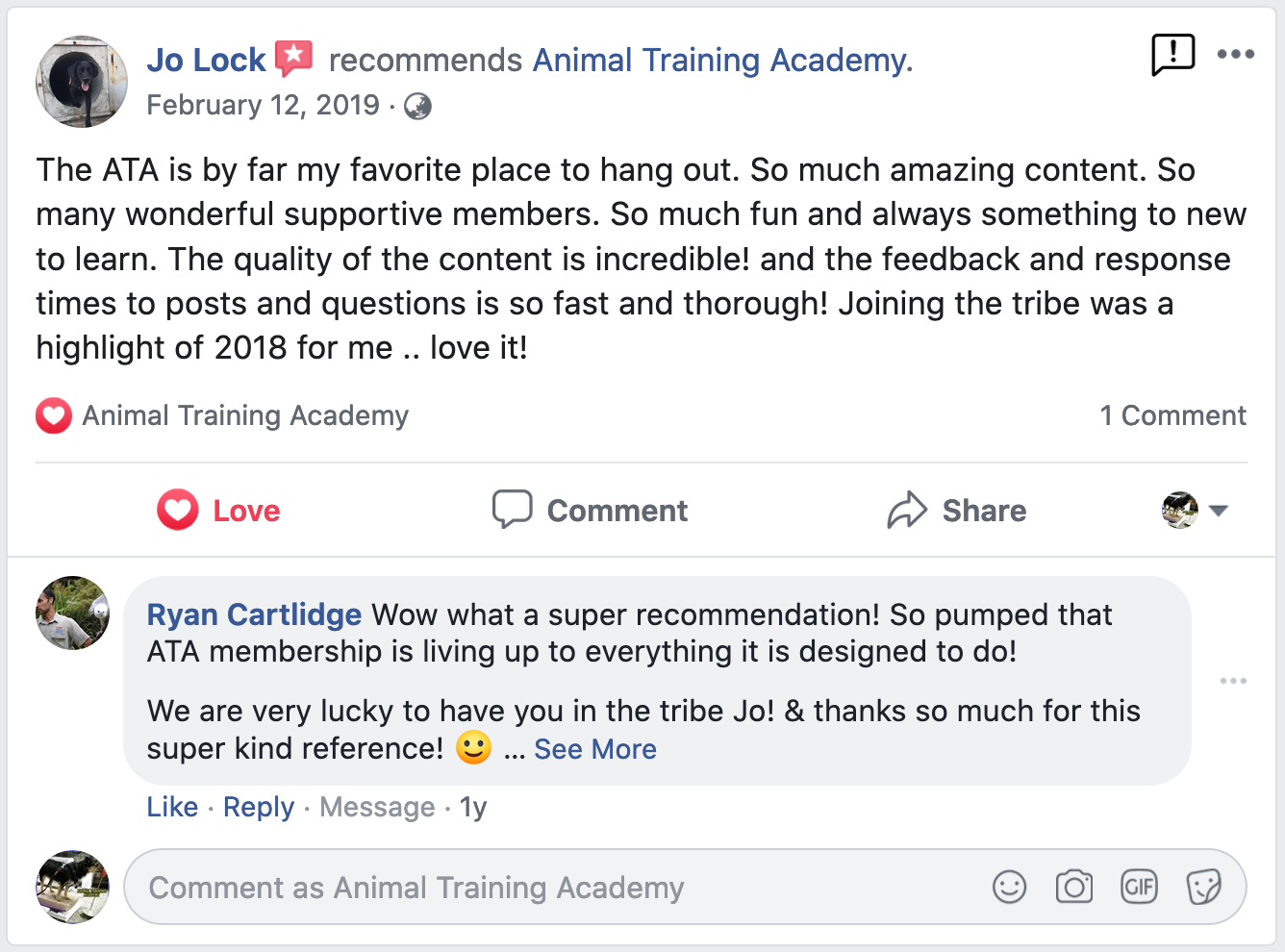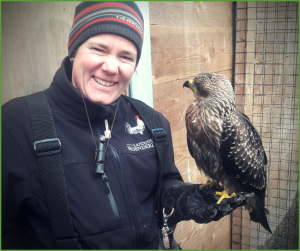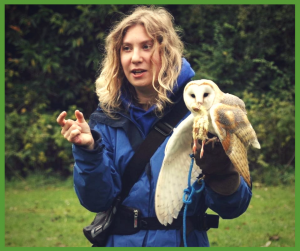After visiting the vet recently (for Fibi-dog’s annual health check), I realised her & I hadn’t worked on an open mouth behaviour together! And this paired with – many of our current ATA members currently working on the same behaviour – got me excited to give this a go. Here are a number of our sessions from the last wee while where you can see us working on this behaviour.
Video one – February 19th 2021
One thing I really like to do anytime I start training anything new is just jump in & see where we are at. I call this a baseline session. Consequently without giving it to much thought I decided to see if I could get Fibi to target her top lip to my finger! See below ⬇️
Video two – March 07th 2021
When sharing this training with the amazing Sarah owings – one of the challenges she pointed out to me was that part of Fibi’s target behaviour was a very tightly closed mouth. So seemingly a different approach might be beneficial! We tried numerous different things including thinking about times where FIbi offered an open mouth behaviour and we might be able to capture it! One such time is when we are playing – Fibi would open her mouth and chase my hand!
Consequently I just started to capture this behaviour (with a click and some food) and then incorporated the top lip target into this … see the beginnings of this here ⬇️
Video three – March 16th 2021
I started to notice that after feeding – Fibi would often chomp her lips a bit. I decided to therefore add some food tosses in to give her more time to fully consumer her Kibble. One other thing I really like about this approach is that it also allowed me to gather more data and consequently hypothesise how Fibi was feeling about everything. I.e. quick latency to get back to the station could suggest she was enjoying the training… however if that latency increased (and at times it did) it might suggest she is not enjoying it as much.
I also added a foot stool to bring Fibi more up to my eye level.
Video four – March 23rd 2021
One thing I really struggled with in this training was my timing and capturing a certain sized gape as well as a still mouth for duration.
I am a big fan of using antecedent arrangements in ways that help measure certain components of what we do – so I purchased a compass (used for drawing circles) & modified it. I was hoping this might help me ensure I am clicking the same gape every-time, (approximating wider & wider) by having something more visual to click, i.e. chin on bottom target/part of compass.
Video five – April 06th 2021
However with the above strategy I found that I had some challenges with holding the compass in a way that worked for both FIbi & I. Therefore back to the drawing board – which ended up with me giving the below (alternative) approach a try to see where it might take us ⬇️:
A – I present thumb
B – Fibi targets top lip
C – I bring up finger to bottom teeth
A – I bring up finger to bottom teeth
B – Fibi opens mouth
C – I move finger with mouth
A – I move finger with mouth
B – Fibi opens mouth more
C – I move finger with mouth
Note: To the absolute best of my ability I was trying not to put pressure on bottom teeth. I endeavoured to wait for her to move her mouth and move my fingers with them. Although I found unintentional pressure was really challenging to avoid & once again I was mechanically challenged to implement the strategy with desired mechanics.
Video six – April 13th 2021
Up until this point I had been failing-forward with my timing of my click with Fibi’s mouth @ a consistent gape. Additionally (as mentioned above) I had been struggling with unintentionally putting pressure on Fibi’s mouth parts to get this behaviour!
So next I tried using a 15mm cut piece of ice block stick between my fingers (see end of video for picture). This ⬇️ meant I could apply pressure with both fingers down on the ice block stick and my fingers wouldn’t therefore move/put pressure downwards on Fibi’t bottom lip (which I had unintentionally been doing)!
Video seven – April 15th 2021
We started getting great success with the above strategy and for the first time since starting to train this I felt confident pushing duration up past 2-3 seconds ⬇️
Video eight – April 22nd 2021
We then shifted to me using a 20cm piece of ice block stick and added in a torch! All ready for us to start to move this behaviour to new locations & start adding in some more distractions before taking to the vets office! ? Woo Hoo!
Well there you have it – our journey to an open mouth behaviour (for vet exams) so far! We look forward to continuing to work on this over the coming whilst and will of course keep you updated as we progress.
What about you? Is an open mouth behaviour something you have trained! I would love to hear about your journey and how you trained it with your learner/s? You can let us know by leaving a comment below! We look forward to hearing from you.
P.s want to learn even more about about possible ways/strategies to teach an open mouth behaviour! Watch/read the bonus blog/video diary from previous ATA member Sarah Ridley who took significantly different strategies then I! (which is what I love about this behaviour! Everyone does it slightly differently!) ? >>> https://animaltrainingacademy.com/sarah-ripley/
 Brittanie Beckett is the Koala Coordinator at Moonlit Sanctuary, in Victoria, Australia. She grew up on a small farm and loved animals all her life. She realized she wanted to pursue her passion for zoology when she did a ‘zookeeper for a day’ experience at Werribee Zoo when she was 10.
Brittanie Beckett is the Koala Coordinator at Moonlit Sanctuary, in Victoria, Australia. She grew up on a small farm and loved animals all her life. She realized she wanted to pursue her passion for zoology when she did a ‘zookeeper for a day’ experience at Werribee Zoo when she was 10. About the Authors – ATA member – Caitlin Ondracek
About the Authors – ATA member – Caitlin Ondracek




 Last spring, someone threw lit firecrackers at me and my dog.
Last spring, someone threw lit firecrackers at me and my dog.

 ABOUT THE AUTHOR – ATA member Lisa Longo
ABOUT THE AUTHOR – ATA member Lisa Longo Note: This blog was originally shared as a post in the ATA members only FB group on August 22nd, 2020
Note: This blog was originally shared as a post in the ATA members only FB group on August 22nd, 2020 The feeling, the thought, that is sticking with me is ‘THIS is why I train’. I want her to feel confident and competent. I want her to feel like the world is a safe place and she can handle herself. When she does face challenges (because she will) – she will be okay. This is not the way Molly started out in life. I’m so proud of how far she has come – how far we have come together. Is it possible that the day, instead of being traumatic, might further teach her that she can handle tough challenges? Training IS quality of life. This moment is hitting home in a big way.
The feeling, the thought, that is sticking with me is ‘THIS is why I train’. I want her to feel confident and competent. I want her to feel like the world is a safe place and she can handle herself. When she does face challenges (because she will) – she will be okay. This is not the way Molly started out in life. I’m so proud of how far she has come – how far we have come together. Is it possible that the day, instead of being traumatic, might further teach her that she can handle tough challenges? Training IS quality of life. This moment is hitting home in a big way. ABOUT THE AUTHOR: – ATA member Tessa Romita Herron
ABOUT THE AUTHOR: – ATA member Tessa Romita Herron








 My boy Odie was born to a dog we were fostering for a rescue in November 2011. My heart was in the right place, but I knew nothing about socialisation, training and behaviour back then. As Odie got older, he showed “fear” related behaviours to so many things, for example, loud noises, fireworks, dogs, small children, the grooming comb or brush, the nail clippers etc etc.
My boy Odie was born to a dog we were fostering for a rescue in November 2011. My heart was in the right place, but I knew nothing about socialisation, training and behaviour back then. As Odie got older, he showed “fear” related behaviours to so many things, for example, loud noises, fireworks, dogs, small children, the grooming comb or brush, the nail clippers etc etc. ABOUT THE AUTHOR – ATA member Carol Milner
ABOUT THE AUTHOR – ATA member Carol Milner



















 ABOUT THE AUTHOR – ATA member Kaitlyn Wiktor
ABOUT THE AUTHOR – ATA member Kaitlyn Wiktor




























 Hannah Wiggs is the Team Leader of Reptiles and Logistics at Moonlit Sanctuary, in Victoria, Australia. Whilst she grew up with a respect for animals and the environment, she only realised her desire to work directly with them post- high school, and indeed after dropping out of an unrelated university degree.
Hannah Wiggs is the Team Leader of Reptiles and Logistics at Moonlit Sanctuary, in Victoria, Australia. Whilst she grew up with a respect for animals and the environment, she only realised her desire to work directly with them post- high school, and indeed after dropping out of an unrelated university degree.
 A plan was made to build a huge complex, where all birds are housed in big aviaries with direct entrance to the demonstration area.
A plan was made to build a huge complex, where all birds are housed in big aviaries with direct entrance to the demonstration area. We gave this presentation at the IMATA conference 2018 in Portugal. We received an award for second best presentation in the Conservation and Education Category. Which we really appreciated. It is a physical compliment for all the work we did.
We gave this presentation at the IMATA conference 2018 in Portugal. We received an award for second best presentation in the Conservation and Education Category. Which we really appreciated. It is a physical compliment for all the work we did. We started with explaining them positive reinforcement training. The benefits, the use of the bridge and the way we start training new behaviors. We did this in a theoretical course. Most of them understood this theoretical course, but we still had to change their way of working with animals.
We started with explaining them positive reinforcement training. The benefits, the use of the bridge and the way we start training new behaviors. We did this in a theoretical course. Most of them understood this theoretical course, but we still had to change their way of working with animals. Even now, after almost a year, still not all volunteers get the part of not showing the food. Or they think they are hiding the food, but it still can be seen… They are so used to that, it is very hard to change that habit. Even the use of the whistle was something that was hard to change. One of the reasons why we bought a new whistle. Just to break the habit.
Even now, after almost a year, still not all volunteers get the part of not showing the food. Or they think they are hiding the food, but it still can be seen… They are so used to that, it is very hard to change that habit. Even the use of the whistle was something that was hard to change. One of the reasons why we bought a new whistle. Just to break the habit. About the Author – ATA member Saskia Verbruggen
About the Author – ATA member Saskia Verbruggen ABOUT THE AUTHOR – ATA member Libby Cooper
ABOUT THE AUTHOR – ATA member Libby Cooper ABOUT THE AUTHOR – ATA member Sarah Ripley
ABOUT THE AUTHOR – ATA member Sarah Ripley ABOUT THE AUTHOR – ATA Member Josefin Linderström
ABOUT THE AUTHOR – ATA Member Josefin Linderström